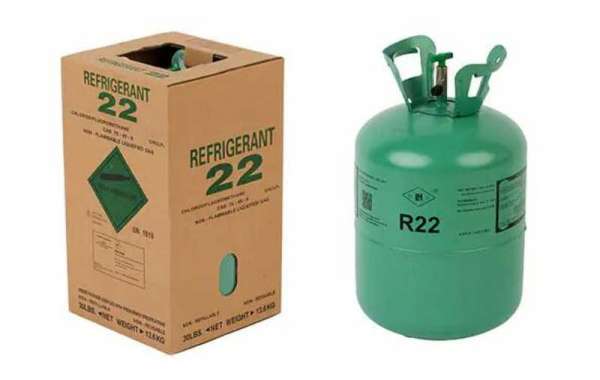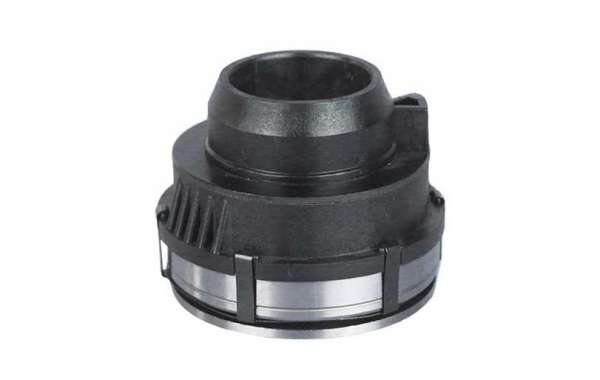Aqueous cleaners use water as the main solvent along with other cleaners. Water alone is usually not enough to decompose contaminants, so you usually have to combine it with additives such as surfactants, detergents, emulsifiers, inhibitors, defoamers, pH buffers, builders, antiflocculants, or chelating agents In conjunction with.
Depending on the types of substrates and contaminants you want to remove, you may also need to treat the water to make it more acidic or alkaline in order to function effectively. The acidic aqueous solution can more effectively remove contaminants such as scale, rust and oxides on the metal. Or, the alkaline aqueous solution can better remove salt, oxides, organic dirt, metal chips and grease. In addition, the alkaline aqueous solution can be used in a wider temperature range than the acidic solution.
Soaking in water, even water with added chemicals, is generally not effective in removing contaminants from high-value parts. This is because the water-based cleaning system must also use heating, stirring or pressure spray to effectively clean complex parts or difficult-to-remove contaminants.
Use Fluorinated Solvent to save costs
Although the cost per pound of fluorinated solvents may be higher, some studies have shown that the total system cost of water used in aqueous systems has increased by 30%. Water-based equipment is bulky and expensive, and may require a lot of reconfiguration space before it can be installed in your facility. Fluorine-containing solvents use steam degreasers, which take up less space and require less energy due to shorter cleaning and drying cycles.
The water-based system does not dry the parts by itself, and requires post-processing such as infrared drying, which consumes additional energy and manpower. As we all know, they leave water stains, so you must use deionization or reverse osmosis processes to avoid them. Fluorine solvents do not leave water spots or residues; this cleaning method does not require additional processes.
When using water for cleaning, heating the water is a key step to ensure that the parts are completely cleaned. Although fluorine-containing solvents also require heating, their boiling point is significantly lower than that of water and requires less energy consumption and time. The water-based system must also be carefully monitored during the cleaning cycle to ensure that the water level, pH, and soap concentration are maintained at the correct level.
Chlorodifluoromethane R-22 is very stable and can be used repeatedly, thus reducing the cost per use. On the other hand, water-based cleaners require additional costs to recover and recycle water or manage waste oil.







